Browse Services
-
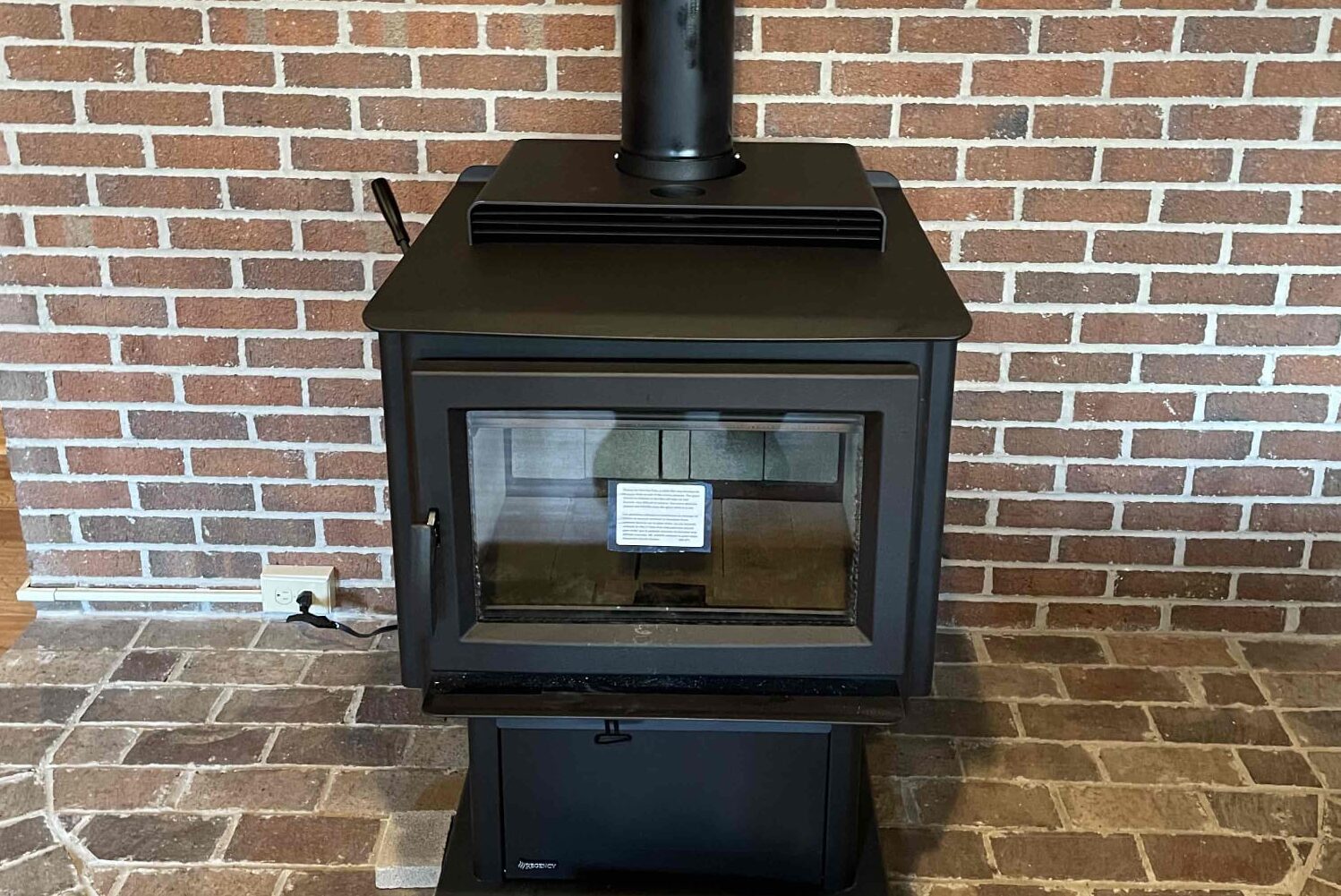
Fireplace Appliance Installation
Already have a fireplace appliance that you need installed? Our team of installers can help!
Schedule Installation -
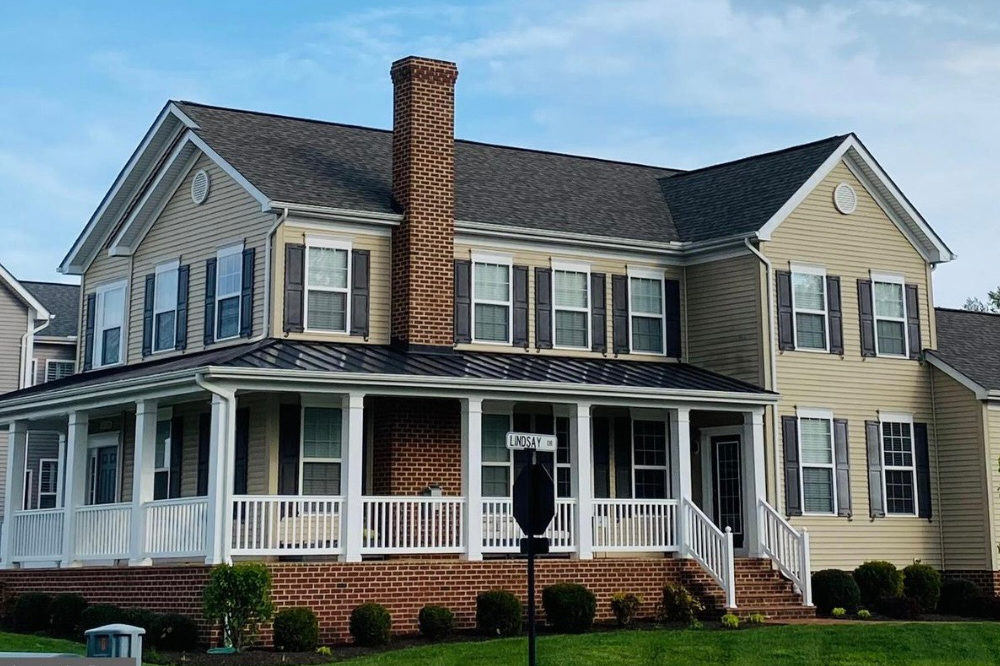
Real Estate Inspections
We specialize in real estate inspections to help you keep moving ahead with your sale.
Schedule Service -
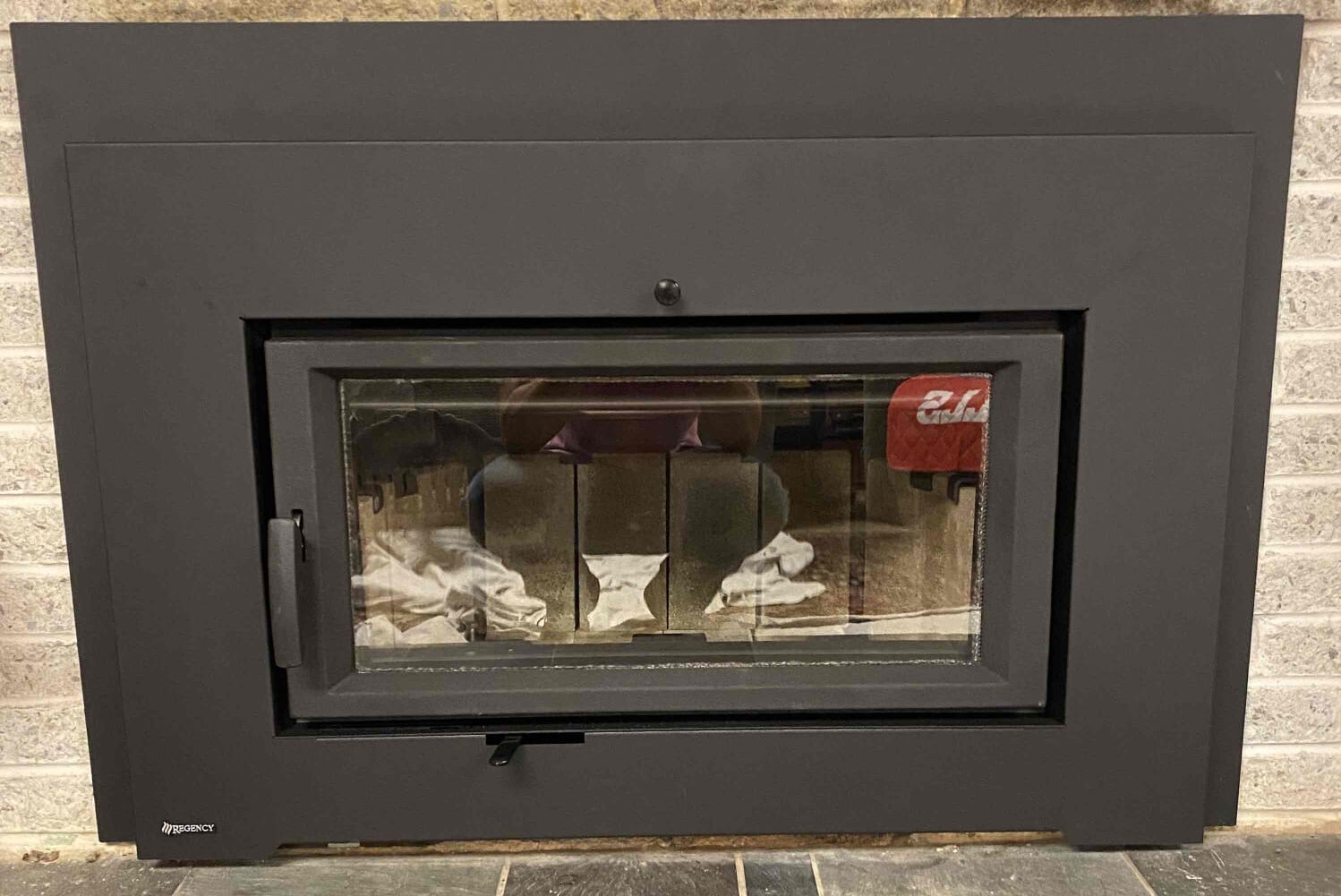
Fireplace Appliance Repair
Have a fireplace or stove that you need tuned up? We'll get it back up and running!
Schedule Service -

Dryer Vent Service
We can can inspect your dryer vent for blockages to help avoid a fire hazard for your home.
Schedule Service -
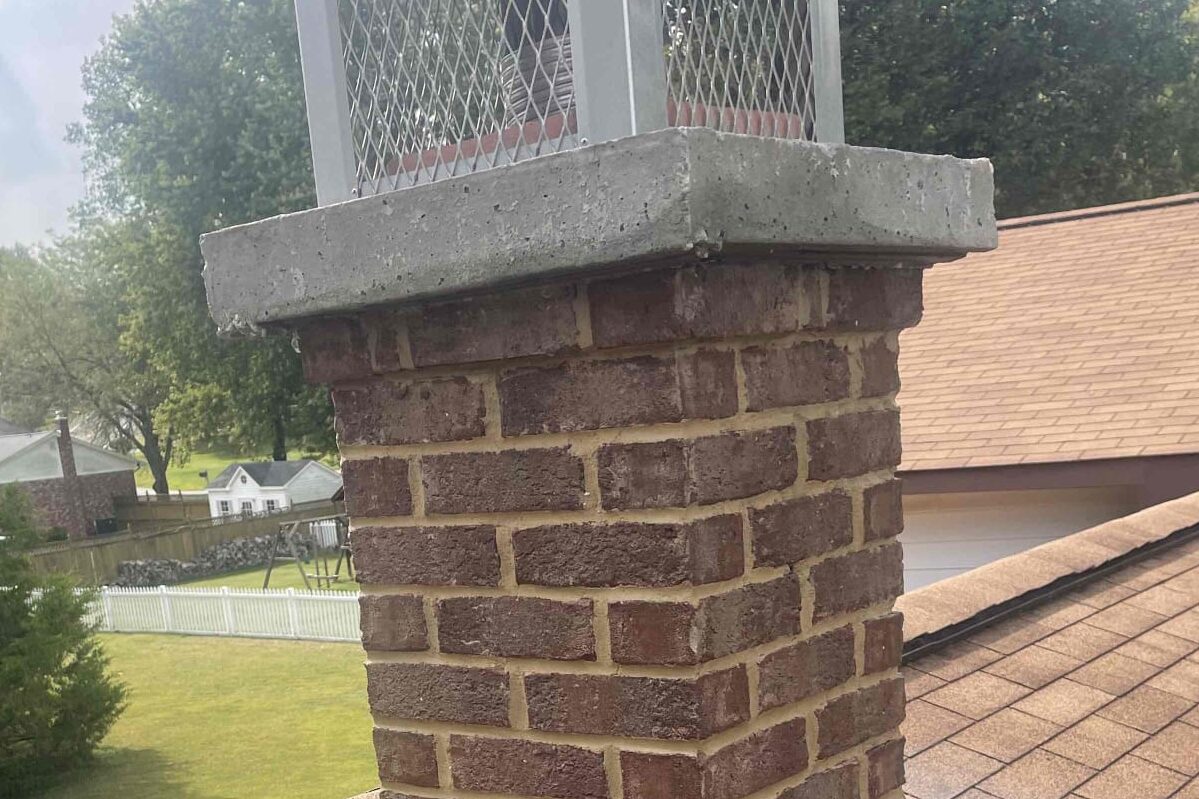
Masonry Repair
We can perform any repairs needed to bring your chimney back to working order.
Schedule Service -

Chimney Waterproofing
Nothing's worse than a chimney that's leaking—we'll help find the leak and seal it back up.
Schedule Service -
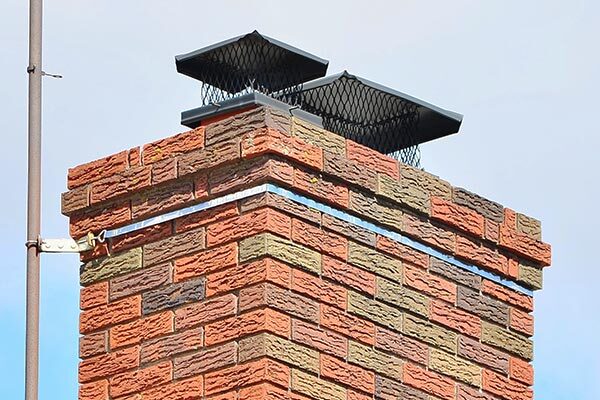
Chimney Covers & Caps
Our chimney caps help keep the rain out of your fireplace—and look amazing too!
Learn More -
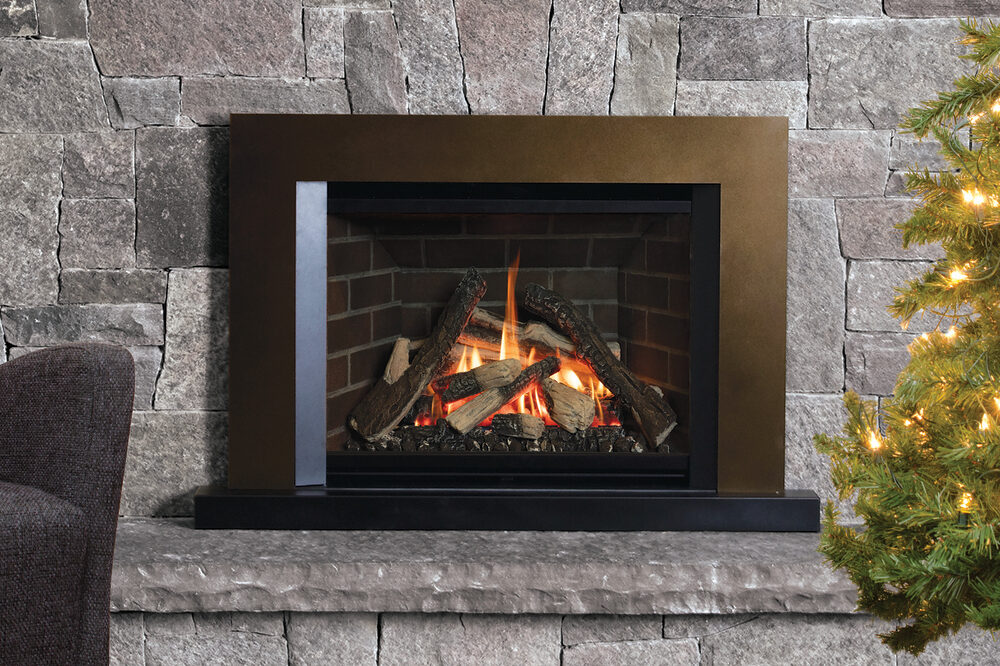
Fireplace Appliances
Need a new stove or fireplace insert? Click below to see all of the options available!
Browse Fireplaces -
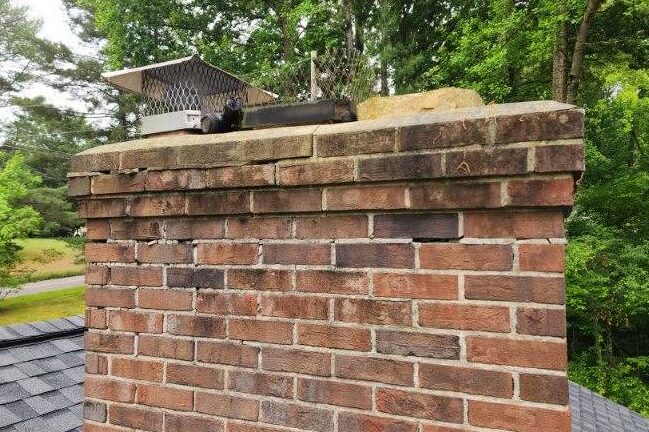
Virtual Chimney Assessment
Want to get started right away? Upload pictures of your chimney and we'll get started digitally!
Learn More -
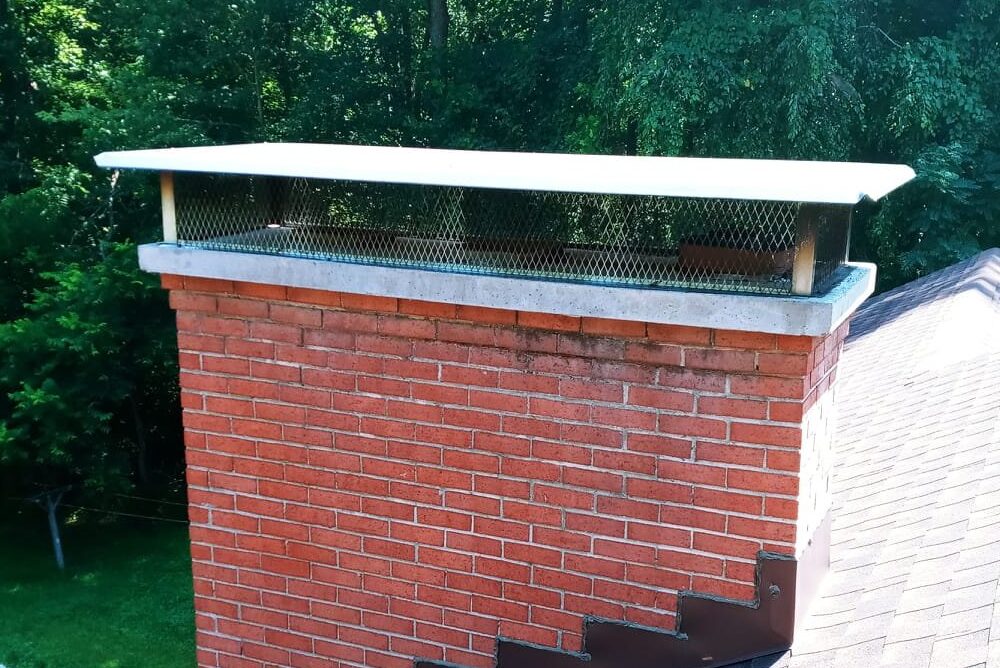
Chimney Sweep & Inspection
We provide a 20 point inspection—along with a thorough report—at every appointment.
Schedule Service
